25 Years of Digital Photography: From Ugly to Awesome
![]()
When I received my Nikon Z9 in late December 2021, I was a bit anxious. Would it live up to the hype? Was it going to be the camera that Nikon had promised (and many Nikon users had been waiting for)?
In 1996 my boss at the newspaper in Rochester, NY, returned from a photojournalism conference where he’d been told, “digital photography is the future.” So he went out and bought one, a state-of-the-art digital camera, the Kodak NC2000e (“News Camera for the new millennium”). Starting life as a Nikon N90s, Kodak then turned it into a digital camera (ala Frankenstein). Since I was the computer geek on staff, he handed it to me and said, “See what this can do.”
The results weren’t pretty.
It recorded 1.3-megapixel images (1280 x 1024 pixels!) on a removable hard drive. There were four ISO choices, 200, 400, 800, and 1600, but 800 was so noisy it was hardly usable. 1600 was good for laughs. With white balance, even if you were careful, images tended to have a magenta cast.
The battery was built-in, so if it died while you were out (an almost daily occurrence), you had to plug it into a portable, but heavy, external battery. You got all of that for the low, low price of just $15,000. Oh, and there was no LCD for reviewing pictures. Shoot and pray. Despite all that, it revolutionized newspaper photography.
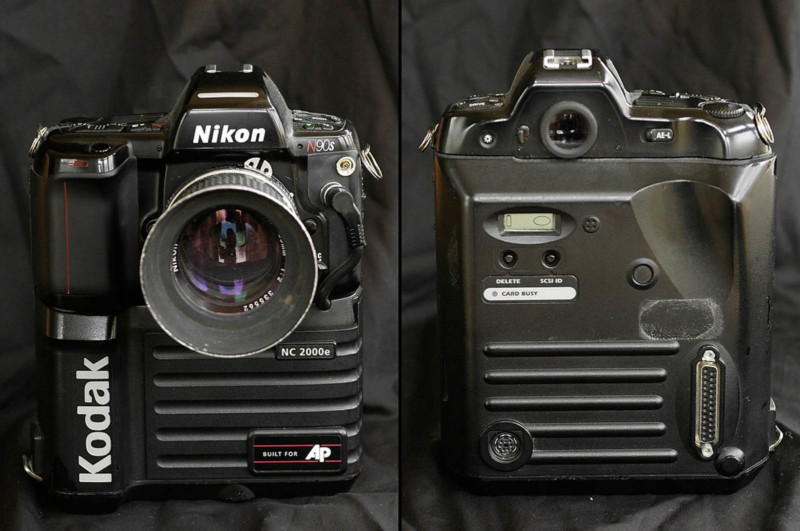
Prior to digital cameras, before you could submit a photo for publication, the film had to be processed and a print made (or eventually, the film scanned to digital). Take away film, and you take away the need for processing. No more frantically watching minutes tick away on deadline waiting for film to finish. No more traveling with portable processing kits to turn hotel bathrooms into darkrooms.
Now, simply removing that small hard drive from the camera and connecting it to a computer meant you could “process” your photos anywhere, anytime, and then transmit them to the paper. Even if you weren’t traveling, it meant you could stay longer at an event because you didn’t have to factor in time to process film when returning.
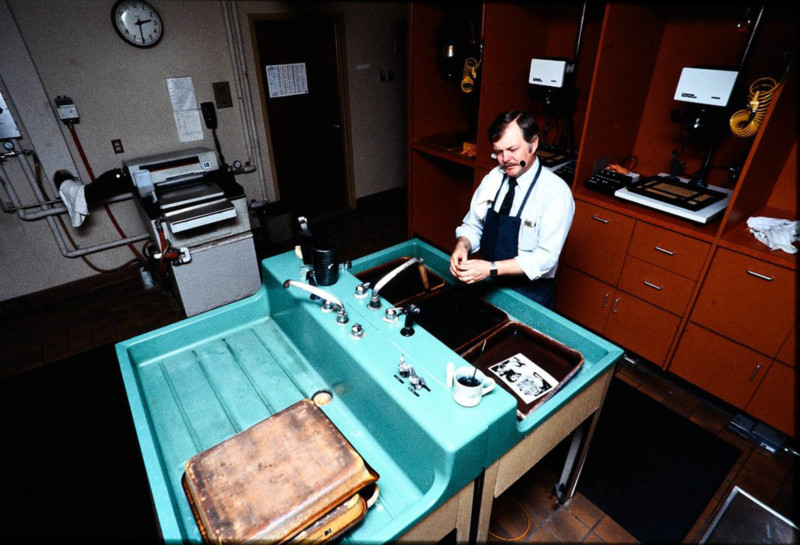
Sure, the quality wasn’t great, but neither was reproduction at most newspapers. In the spring of the following year, 1997, our paper became one of the largest in the U.S. to do a total digital conversion (and the only newspaper to issue each photographer two cameras). Luckily, by then, the price had dropped to only $13,000.
In an effort to make the change as successful as possible, every photographer received not just those two cameras, but a kit of fast-aperture zoom lenses (at 1.3MP, you didn’t have the luxury of cropping, you had to frame tightly). Since going above 800 ISO wasn’t realistic, every person also received a lighting kit, and the staff shared two larger high-power kits. That’s because every indoor high school sport we shot had to be lit. We were on the bleeding edge of digital photography, and it was challenging.
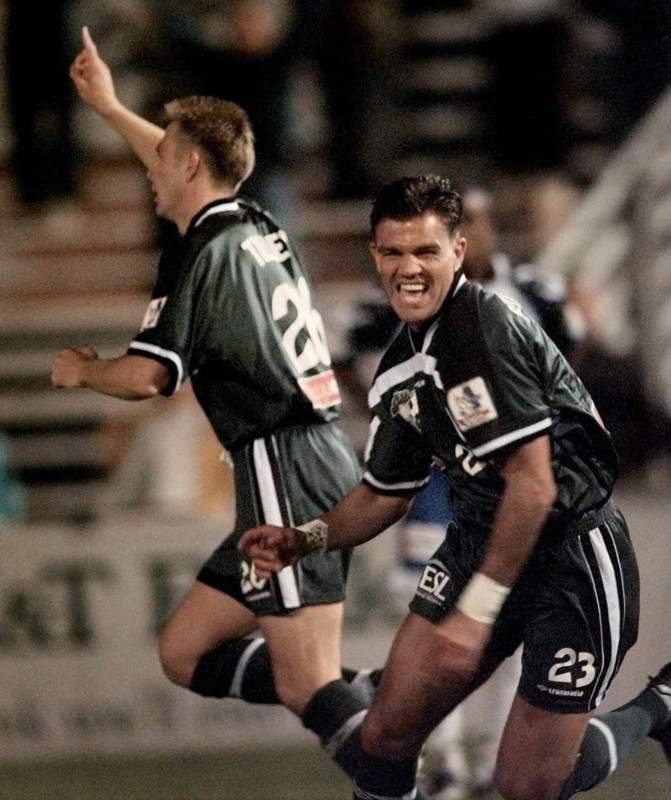
However, the photographers weren’t forced to shoot digital. Each staffer was allowed to keep one film camera and told that if they couldn’t do the job digitally, to go ahead and shoot film. And you know what? After six months, no one shot film again. Despite all the challenges – the low resolution, the poor high ISO performance, the slow frame rate (2 frames-per-second!), and overall poor quality – the convenience and speed of getting images out trumped everything else.
By mid-1999, the major camera manufacturers were starting to build their own digital cameras, from the ground up. Instead of a Frankenstein-type camera, we got the Nikon D1. It recorded 2.7-megapixel images on removable CF cards, had a rear LCD, a frame rate of 4.5 fps, 200-1600 (with 1600 actually usable), and a removable battery among many other great (for the time) features. About eighteen months later Nikon released new versions with more advanced features (the D1X and D1H), and the race was on, mainly between Nikon and Canon. Kodak was left in the dust and is now a case study at business schools.
Since getting that first D1 in early 2000, I’ve now shot (and taught) a total of 52 different Nikon digital SLRs and mirrorless cameras. Many were incremental upgrades to an existing design, but some, like the D3 and now Z9, were groundbreaking in their features and image quality.
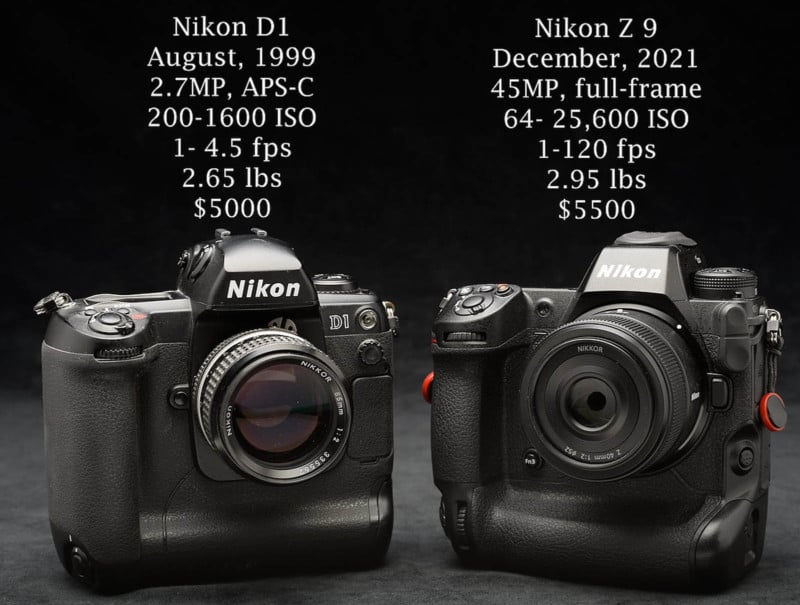
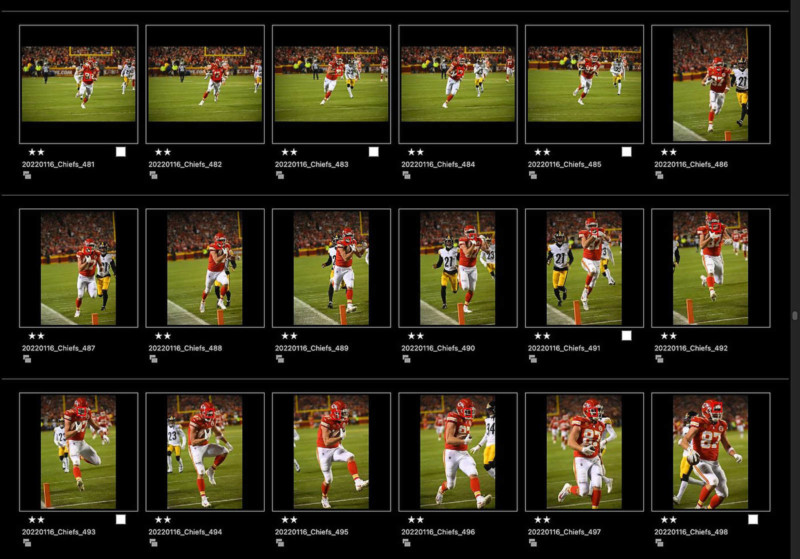
So what does the future hold? Honestly, I have no idea. I always remember back to the days when we first got 6-megapixel, and then 12-megapixel cameras. Each time we thought we’d died and gone to heaven. And honestly, who needs more than 12 megapixels? But, as we all now know, if we can get more resolution while still having great high-ISO (low-light performance), we’ll take it. And autofocus that can grab the eye of a fast-moving person or animal, even if they’re not a large part of the frame? Yes, please!
I only know that whatever the future brings, I’m looking forward to it. I just hope that twenty-five years from now (providing I’m still around,) I’ll look back on 2022 and say, “Oh yes, we thought we had it good back then, but now…”
About the author: Reed Hoffmann is a photographer and photography instructor who has been in the photo industry for decades and who has used every Nikon DSLR (and taught most of them). The opinions expressed in this article are solely those of the author. Follow along with Hoffmann’s latest workshops here. You can also find more of Hoffmann’s work and writing on his website, Facebook, Instagram, and Twitter. This article was also published here.